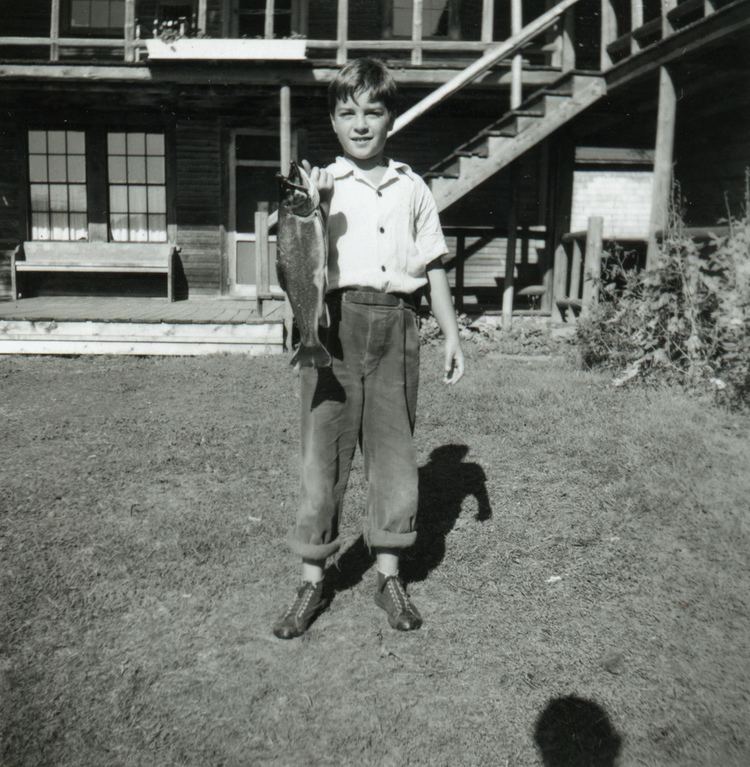Primary inflows Basin countries United States Surface area 913 acres (369 ha) Surface elevation 496 m Outflow location Magalloway River | Primary outflows Magalloway River Max. length 2.9 mi (4.7 km) Max depth 28 m Area 3.695 km² Inflow source Magalloway River | |
 | ||
Water volume 29,130 acre·ft (35,930,000 m) | ||
Parmachenee Lake is on the Magalloway River near the Canadian border on the western edge of Maine. The lake was named for the son of Native American chief Metalluk, and is best known for the Gilded Age Parmachenee Club. The Magalloway River headwaters enter the north end of the lake in Parmachenee township, and the lake extends south into Lynchtown township where it overflows 2 miles (3.2 km) upstream of Aziscohos Reservoir.
Contents
Map of Parmachenee Lake, North Oxford, ME 03579, USA
Angling
The lake is habitat for native brook trout and land-locked Atlantic salmon preying on rainbow smelt, minnows, and suckers. As trout and salmon disappeared from rivers in more heavily populated parts of the United States, a group of affluent New York lawyers pooled resources to preserve the Parmachenee Lake area for angling and sport hunting by their friends and families. Their Parmachenee Club protected the ecosystem from market hunters and commercial fishing until the Maine Department of Inland Fisheries and Wildlife implemented fisheries management on a statewide scale. Water quality remains good in the lake, and populations of native fish survive and reproduce without stocking.
Parmachenee Club
The Parmachenee Club was formed in 1890 to lease 120,000 acres (49,000 ha) of commercial forest land extending south from the Canadian border where they built a camp in the meadows along the Magalloway River. Club members lodged at the camp while engaged in sport hunting and angling. The Brown Company and International Paper Company built a log driving dam in 1910 which flooded the Parmachenee Club lodge. The club built Camp Caribou as improved lodging facilities on Treat's Island in Parmachenee Lake. As angling opportunities declined on more accessible lakes before the advent of fishing licenses, fishing seasons, slot limits, and creel limits, the nearly aboriginal conditions of the private reserve of the Parmachenee Club became legendary among outdoor writers. Parmachenee Lake became a vacation retreat for the United States' industrial and political elite. One of the last visitors, before the club disbanded in the 1960s, was President Dwight D. Eisenhower.
Parmachenee Belle
Fly fishing was the preferred angling method of the gilded age; and anglers often tied their own artificial flies. Rhode Island patent attorney and Parmachenee Club member Henry Parkhurst Wells invented an artificial fly he named the Parmachenee Belle in remembrance of fishing on Parmachenee Lake. The pattern has been widely copied and used across the United States.
